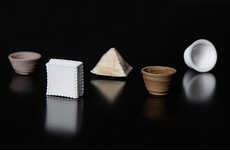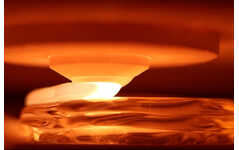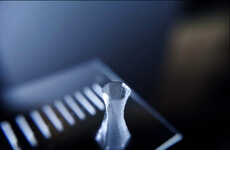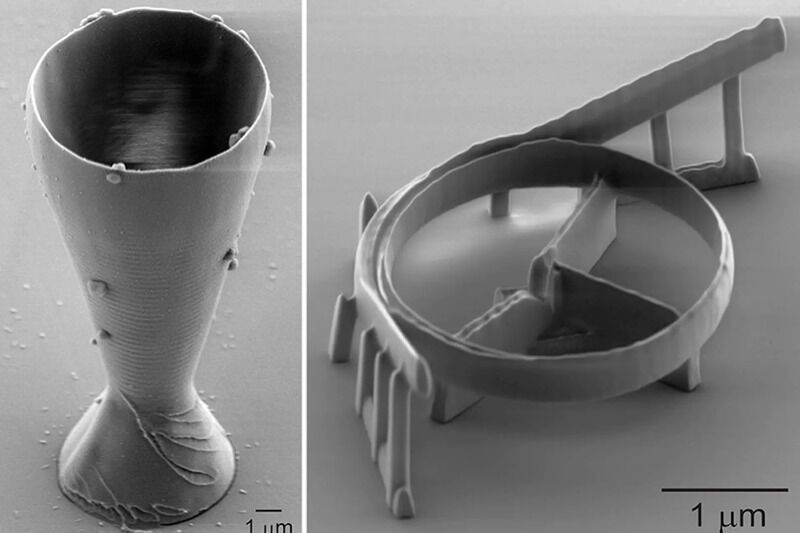
This 3D-Printed Wine Glass Is Thinner Than a Human Hair
Rahul Kalvapalle — September 3, 2023 — Tech
References: kth.se & arstechnica
A team of innovators at the KTH Royal Institute of Technology over in the Swedish capital city of Stockholm have managed to utilize 3D-printing technology to create a miniature wine glass that is the smallest such glass ever made, due to the incredible fact that it happens to be narrower than a hair.
While there have been other miniature and microscopic 3D-printed projects to achieve completion in the past, what makes this miniature wine glass unique is the fact that is printed purely with the use of silica glass. The process used to create the wine glass did not require the application of extremely high temperatures as is commonplace in 3D-printing projects for glass.
What's heartening about this miniature wine glass is that it could lead to further applications ranging from the printing of glass parts for optical systems to components for lenses.
Image Credit: KTH Royal Institute of Technology
While there have been other miniature and microscopic 3D-printed projects to achieve completion in the past, what makes this miniature wine glass unique is the fact that is printed purely with the use of silica glass. The process used to create the wine glass did not require the application of extremely high temperatures as is commonplace in 3D-printing projects for glass.
What's heartening about this miniature wine glass is that it could lead to further applications ranging from the printing of glass parts for optical systems to components for lenses.
Image Credit: KTH Royal Institute of Technology
Trend Themes
1. 3d-printed Miniature Objects - The creation of a 3D-printed miniature wine glass opens up opportunities for printing other small objects with intricate details.
2. Silica Glass 3D Printing - The use of silica glass in 3D printing presents possibilities for manufacturing delicate and precise glass components without extreme temperatures.
3. Microscopic 3D Printing - The innovation of microscopic 3D printing allows for the fabrication of intricate structures at a minuscule scale.
Industry Implications
1. Optical Systems - The development of 3D-printed glass parts for optical systems opens up new opportunities for improved precision and customization in the industry.
2. Lens Manufacturing - The production of 3D-printed glass components for lenses could revolutionize the lens manufacturing process by enabling refined designs and enhanced performance.
3. Micro-technology - The advancement of microscopic 3D printing technology brings forth disruptive opportunities for industries relying on miniaturized devices and precise components.
5.7
Score
Popularity
Activity
Freshness























